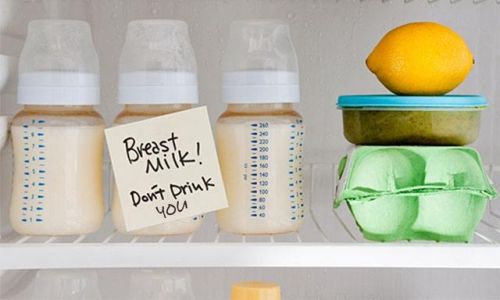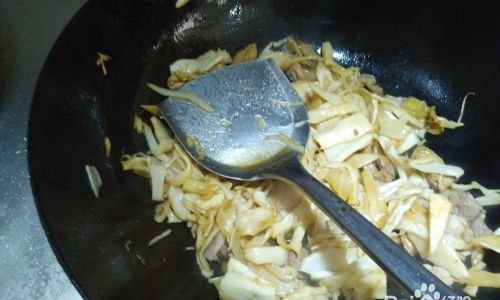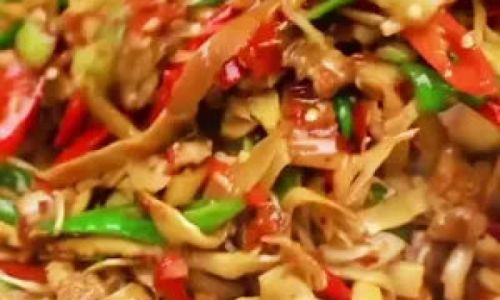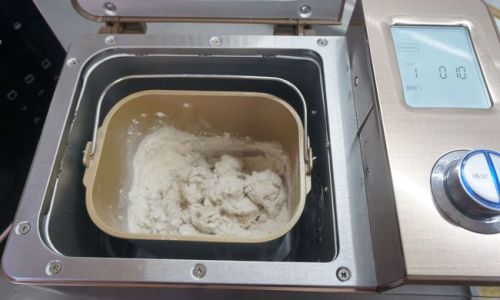Table of content
Introduction
Milk, a staple in many diets worldwide, is a versatile and nutritious beverage derived from mammals, primarily cows. Its rich content of essential nutrients such as calcium, vitamin D, and protein makes it a vital component of a balanced diet. However, maintaining the freshness and safety of milk requires careful handling, particularly when it comes to storage and preparation. One common question that arises among consumers is whether milk that needs to be refrigerated can be boiled for consumption. This article delves into the intricacies of milk storage, the effects of boiling on milk’s nutritional profile, safety considerations, and practical advice on how to handle refrigerated milk appropriately.
Understanding Refrigerated Milk
Milk is a perishable product that contains natural enzymes, fats, proteins, and lactose. When milk is freshly extracted, it contains a variety of microorganisms, including beneficial bacteria and potential pathogens. To extend its shelf life and reduce the risk of foodborne illnesses, milk is typically pasteurized. Pasteurization involves heating milk to a specific temperature for a set period to kill harmful bacteria while preserving the milk’s nutritional value and taste.

Once pasteurized, milk must be refrigerated to slow down the growth of any remaining bacteria and to prevent spoilage. Refrigeration slows down biochemical reactions and microbial activity, thereby prolonging milk’s shelf life. The recommended storage temperature for refrigerated milk is typically between 2°C and 4°C (35.6°F and 39.2°F).
The Question of Boiling
Boiling milk involves heating it to its boiling point, which is around 100°C (212°F) at sea level. This process can significantly alter milk’s composition and nutritional profile. Here’s a detailed examination of the implications of boiling refrigerated milk:
Nutritional Impact
-
Proteins: Milk proteins, particularly whey and casein, can denature when exposed to high temperatures. Denaturation refers to the change in the protein’s shape and structure, which can affect its solubility, digestibility, and functionality. While denatured proteins may still provide nutritional value, their altered structure can impact the milk’s texture and mouthfeel.
-
Fats: The fats in milk, primarily triglycerides, are relatively stable to heat but can undergo oxidation or hydrolysis at high temperatures. Oxidation leads to the formation of off-flavors and potential health concerns, while hydrolysis breaks down fats into fatty acids, which can also alter milk’s taste.
-
Vitamins and Minerals: Heat-sensitive vitamins, such as vitamins A, D, and some B vitamins, can be degraded during boiling. Minerals, on the other hand, are generally more stable and retain their nutritional value.
-
Lactose: Lactose, the natural sugar in milk, is relatively heat-stable. However, prolonged heating or repeated boiling can lead to caramelization, which alters milk’s sweetness and color.
Safety Considerations
Boiling milk can further reduce the risk of foodborne illnesses, especially if the milk’s original pasteurization process was inadequate or if contamination occurred after pasteurization. Boiling effectively kills any remaining bacteria, viruses, or parasites, making the milk safer for consumption.
However, it’s crucial to note that once milk is boiled, it should not be reheated to boiling again. Repeated boiling can lead to significant nutrient loss and the formation of harmful compounds. Additionally, if milk is boiled in an unclean container or exposed to contaminated utensils, it can become re-contaminated.
Practical Implications
From a practical standpoint, boiling refrigerated milk is often unnecessary for most consumers. Pasteurized milk, when stored properly in the refrigerator, is safe to drink directly or used in recipes without boiling. Boiling milk is more commonly practiced in cultures where raw milk consumption is prevalent or in situations where the milk’s safety is uncertain.
If you prefer drinking hot milk, gentle heating to a temperature below boiling is recommended. This can be achieved by using a microwave, stovetop, or immersion heater. Heating milk to around 60°C to 70°C (140°F to 158°F) is sufficient to make it warm and pleasant to drink without significantly altering its nutritional profile.
Handling and Preparation Tips
To ensure the safety and quality of refrigerated milk, follow these tips:

-
Proper Storage: Always store milk in a clean, airtight container in the refrigerator. Avoid storing milk on the door shelves, where temperature fluctuations can occur.
-
Check the Expiration Date: Regularly check the milk’s expiration date and use it before it expires. Discard any milk that has an off odor, taste, or appearance.
-
Gentle Heating: If you prefer warm milk, gently heat it to a temperature below boiling. Stir occasionally to prevent scorching and to ensure uniform heating.
-
Avoid Repeated Heating: Once heated, consume milk immediately or store it in the refrigerator for later use. Avoid reheating milk to boiling multiple times.
-
Cleanliness: Ensure that all utensils and containers used for heating milk are clean to prevent contamination.
-
Pasteurization Awareness: If you have access to raw milk, be aware of the risks associated with its consumption. Raw milk may contain harmful bacteria that can cause severe illness. Consider pasteurizing raw milk at home or purchasing pasteurized milk from a reputable source.
Cultural and Regional Practices
Boiling milk is a cultural practice that varies across regions. In some cultures, boiling milk is a traditional method of ensuring its safety and purity, especially in areas where access to pasteurized milk is limited. In other regions, boiling milk is a part of culinary traditions, used to create specific textures or flavors in dishes such as custards, puddings, and certain types of cheese.
Understanding these cultural and regional differences is important when discussing the practice of boiling refrigerated milk. While boiling may not be necessary for most consumers of pasteurized milk, it remains an important practice in certain contexts.
Conclusion
In conclusion, refrigerated milk, when stored and handled properly, is safe to consume without boiling. Boiling milk can alter its nutritional profile, particularly by denaturing proteins and degrading heat-sensitive vitamins. However, boiling can further enhance milk’s safety, especially if contamination is a concern. Gentle heating to a temperature below boiling is recommended for those who prefer warm milk, as it preserves the milk’s nutritional value and taste.
Ultimately, the decision to boil refrigerated milk depends on individual preferences, cultural practices, and safety concerns. By understanding the implications of boiling on milk’s nutritional profile and safety, consumers can make informed choices about how to handle and prepare their milk for optimal nutrition and enjoyment.





0 comments